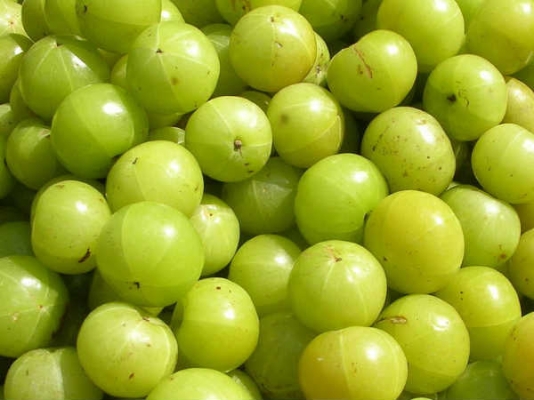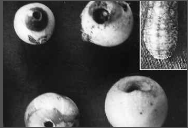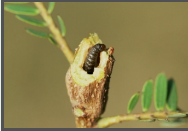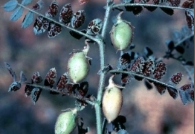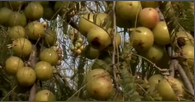General Information
Amla is commonly known as Indian gooseberry or Nelli. It is known for its high medicinal properties. Its fruits are used for preparing various drugs. Drugs prepared from Amla used for treatment of anemia, sores, diarrhea, toothache, and fever. Fruits are the rich source of Vitamin C. The green fruits of Amla are also used in making pickles. Many products such as shampoo, hair oil, dye, tooth powder and face creams are made from Amla. Uttar Pradesh and Gujarat are major Amla growing states in India.
Uttar Pradesh is top in Amla production. It is hardy crop, so it is cultivated in salt-affecting areas of Uttar Pradesh like Agra, Mathura, Etawah, Fatehpur also in semi-arid areas of Bundelkhand. Pratapgarh town in Uttar Pradesh is known as Amla City of India. Other amla growing states are, Maharashtra, Rajasthan, Andhra Pradesh, Karnataka, Tamilnadu, Punjab, Haryana and Himachal Pradesh.

